One of the Largest Bone Marrow Transplantion Centers in Europe
Professor Zafer Gülbaş, M.D.
Internationally Acclaimed Oncohematology Specialist
Over 40 years of experience in leading clinics in the USA, Canada, and Israel.
Free second medical opinion
Get a free consultation from Prof. Zafer Gülbaş about your illness and the necessary treatment by sending us an inquiry right now!
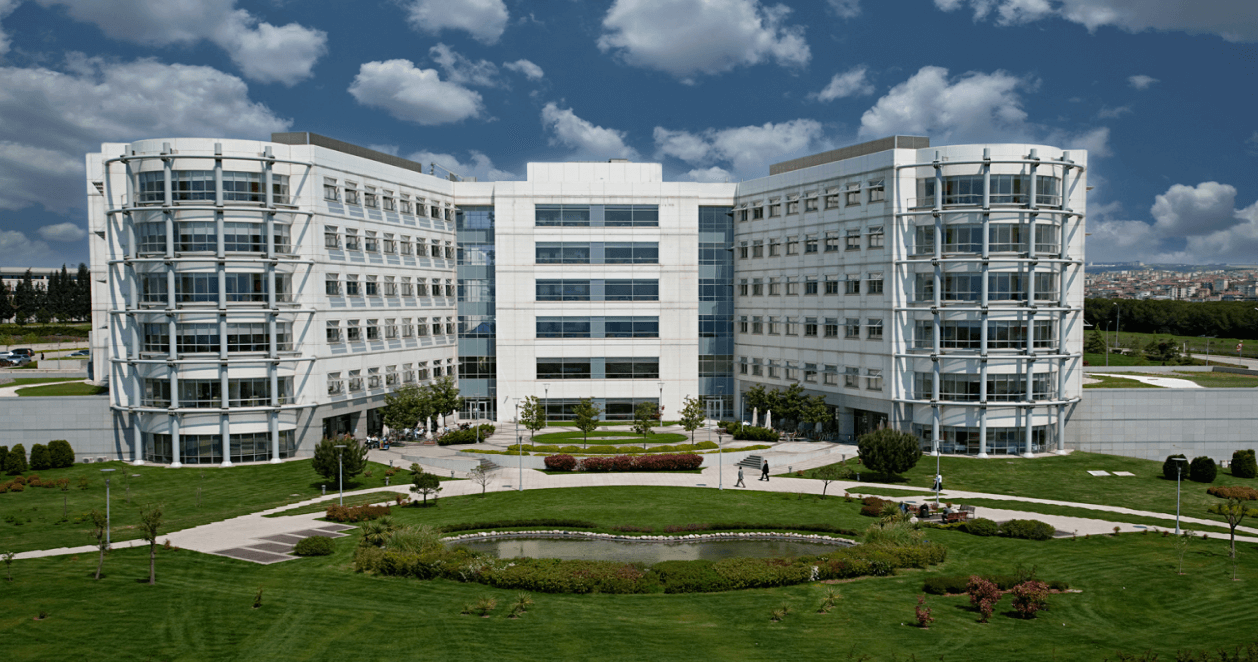
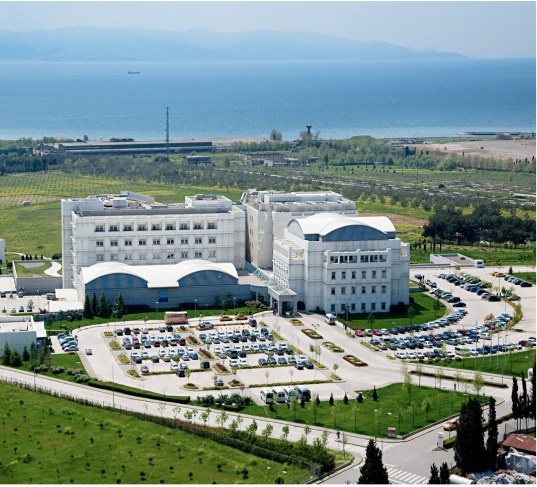
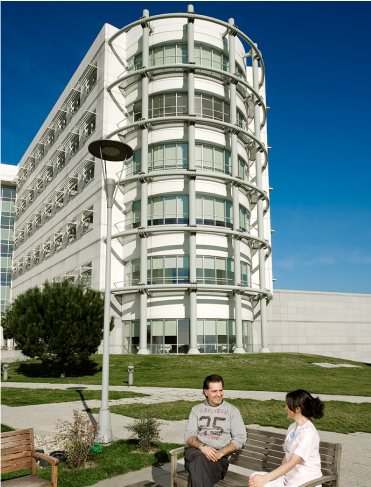
Anadolu Medical Center is a state-of-the art, multispecialty hospital in Istanbul, and has a strategic partnership with the world-famous Johns Hopkins Medicine U.S.A. The Center’s affiliation with the Johns Hopkins Medicine positions the Center on the level with the best hospitals in the world. This affiliation provides continuous access to the latest innovations, unmatched expertise, and technological advancements. This affiliation allows its staff an opportunity to continuously improve their skills, knowledge, and training to ensure outstanding care and top-notch expertise.
The Bone Marrow Transplantation Department at the Anadolu Medical Center is one of the largest bone marrow transplant centers in Europe. More than 250 transplants are performed annually, and more than 3,000 transplants were performed between 2010 and 2022.
For many years, our center has been successfully treating oncohematological diseases through the latest methods and technologies, a multidisciplinary team of specialists and a patient-oriented approach.
More information about the Anadolu Medical Center can be found on our website: www.anadolumedicalcenter.com
Flow Cytometry and Molecular Hematology Laboratory
HLA Tissue Typing Laboratory
PCR Laboratory
Outpatient Clinic and Inpatient Ward with 22 separate rooms
Hemapheresis Laboratory
Cyropreservation
and Stem Cell
Processing Laboratory
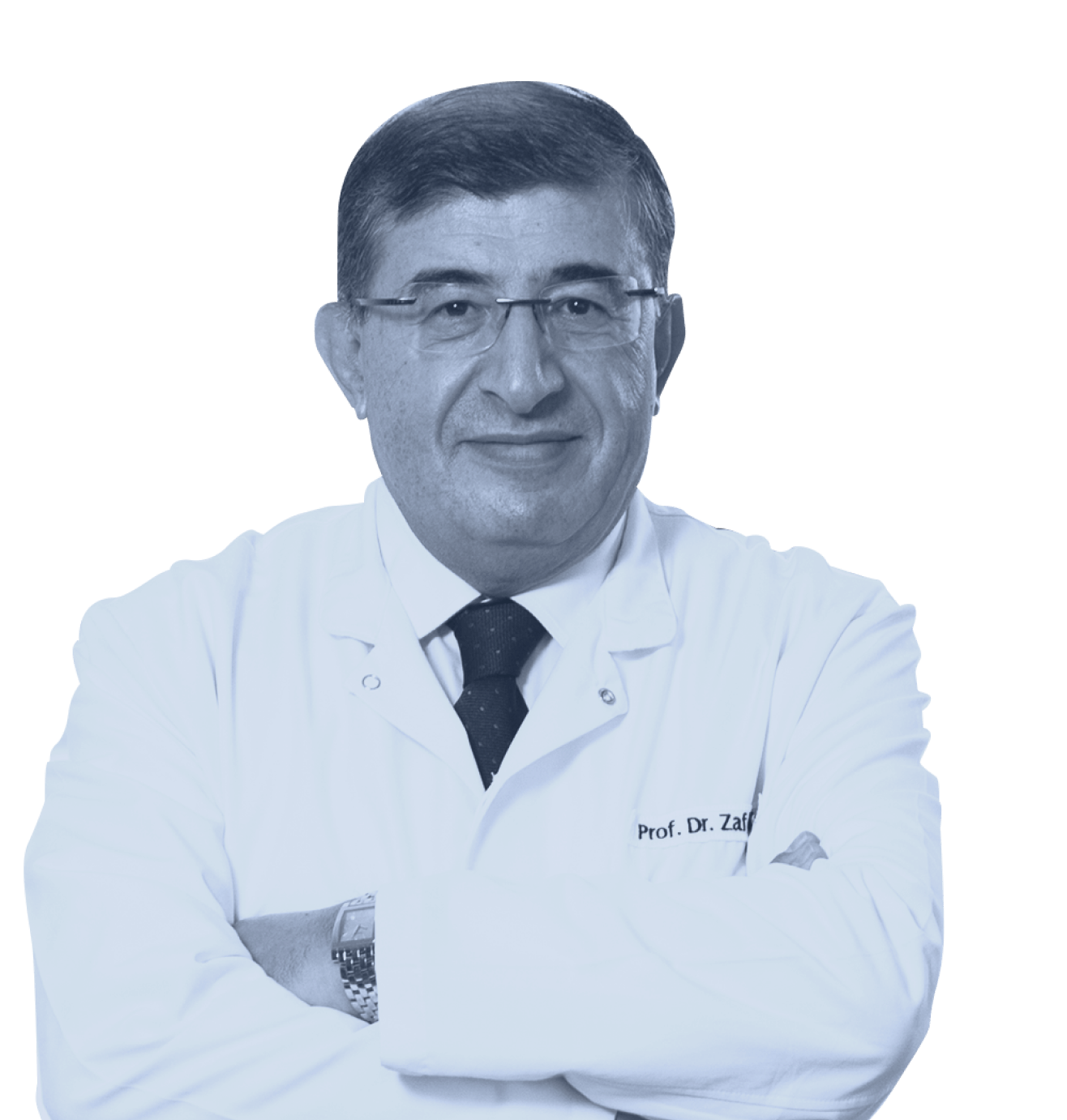
• Hacettepe University School of Medicine, Turkey
• Anadolu University School of Medicine, Turkey
• Atatürk Pulmonary Diseases and Thoracic Surgery Center
• Hadassah University Medical Center, Israel
• Fred Hutchinson Cancer Research Center, USA
• Washington University Laboratory, USA
• M.D. Anderson Cancer Center, USA
• Princess Margaret Hospital, University of Toronto, Canada
• Treatment of malignant hematological diseases
• Bone marrow transplantation
• Platelet function
• Flow cytometry
• Blood Bank
Get a free medical second opinion!
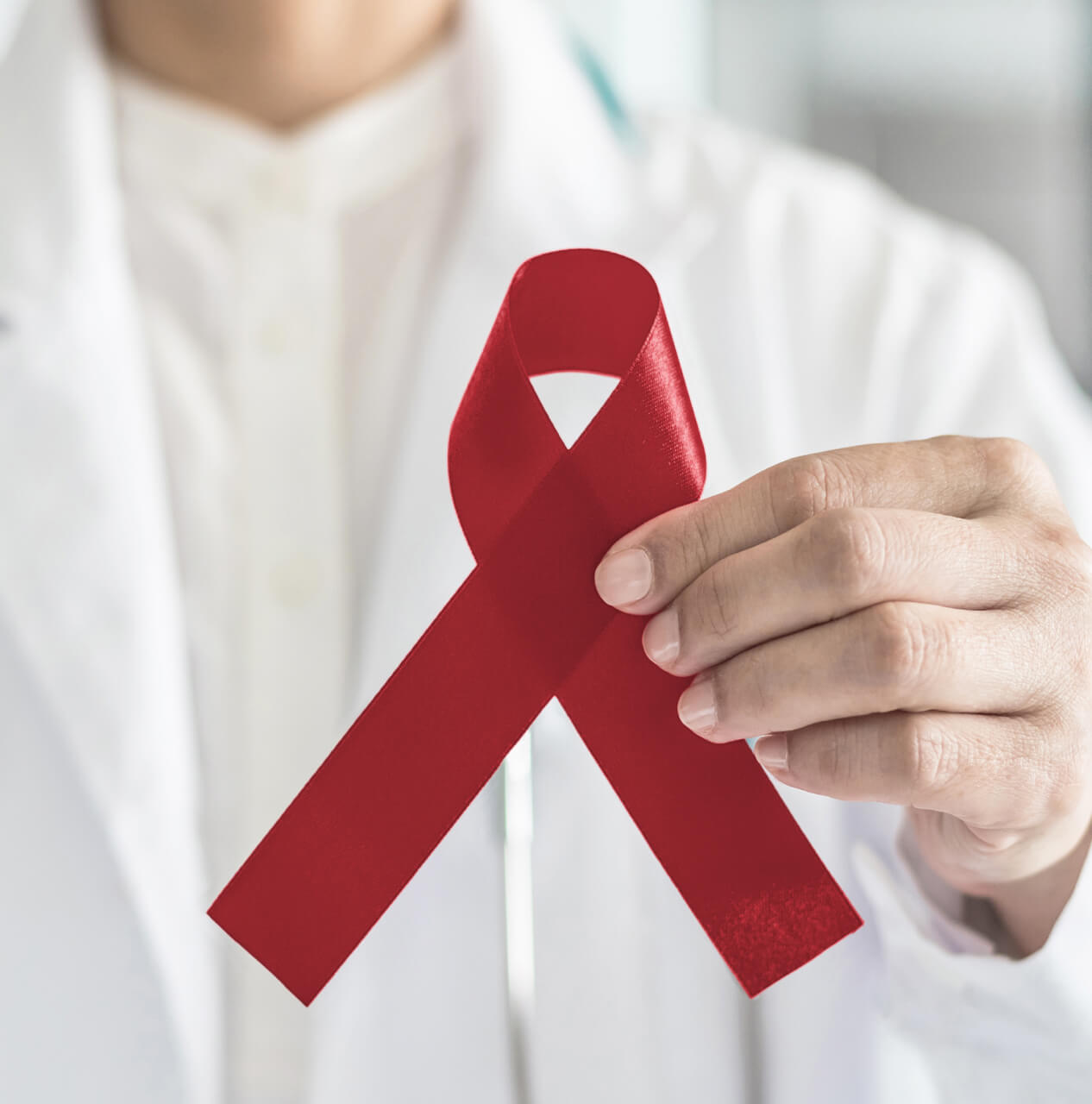
• Acute Myeloblastic Leukaemia
• Acute Lymphoplastic Leukaemia
• Non-Hodgkin’s Lymphoma
• Hodgkin’s Lymphoma
• Multiple Myeloma
• Myelodysplastic Syndrome
• Chronic Myeloctiv Leukaemia
• Chronic Lymphocytic Leukaemia
• Aplastic Anaemia
• Paraxysmal Nocturnal Haemoglobinuria
• Primary Amyloidosis
• Solid Cancers: testicle cancer, ovarian cancer
• Autoimmune diseases
the donor is a representative of the family, mainly the first degree of kinship. If the bone marrow of the closest relatives is not suitable, then a person with the most suitable material is selected in a special donor bank. Types of Allogeneic transplantation include; Allogeneic Transplant with HLA-matched donor, Allogeneic Transplant using Haploidentical (half-matched) donor and Allogeneic Transplant using unrelated donor.
the donor is the patient himself. It is performed during remission or if the neoplasm has not spread to other organs. Peripheral hematopoietic stem cells or bone marrow are taken and then frozen. After giving high doses of chemo and/or radiation therapy, the stem cells are thawed and given back to the patient.

The bone marrow transplantation process includes a number of steps, from the initial transplant decision, pre-transplantation assessment of the patient’s condition, engraftment to long-term follow-up after discharge.

Initial assessment of the patient’s condition
Treatment planning
Preparation for transplantation
Pretransplantation chemotherapy/radiation therapy
Stem cell transplantation
Engraftment period
Recovery after engraftment
Long-term follow-up after recovery
Patient Testimonials
Halima Z.
Bone marrow transplantation
Halima Zayani is a 22-year-old patient at the Anadolu Medical Center in Libya. Halima first ended up in an American hospital, where she was advised to contact our center. Dr. Zafer Gulbash was Halima’s doctor and performed a bone marrow transplant. Halima thanked God that the procedure was successful. The patient notes that Anadolu has excellent medical services and professional staff: doctors, nurses, and translators. Now Halima is waiting for the vaccine after a year since the bone marrow transplant. “I thank all the staff of the Anadolu Medical Center, nurses, and of course, Dr. Zafer Gulbash for their professional approach to work,” notes Halima Zayani.
You can get an independent consultation from the best doctors at the Anadolu Medical Center (in affiliation with Johns Hopkins Medicine U.S.A.) regarding your medical condition and the recommended treatment for free of charge without leaving your home!
To do this, you need to send us your medical reports electronically. Anadolu specialists will review them and provide you with their opinion within 48 hours.

Articles

Acute lymphoblastic leukemia
Read more ➞
Treatment of Acute lymphoblastic leukemia
Read more ➞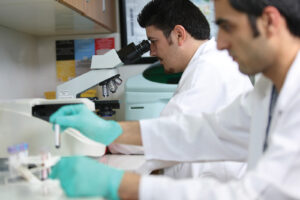
Myelodysplastic syndromes
Read more ➞Bone marrow is a soft, sponge-like tissue located inside the bone. It contains cells called hematopoietic or hematopoietic stem cells.
Hematopoietic cells can divide to form more hematopoietic stem cells or develop to create red blood cells – erythrocytes, white blood cells – leukocytes, platelets. Most hematopoietic stem cells (HSCs) are found in the bone marrow, but a small number are also found in cord and peripheral blood.
Cells derived from any of the aforementioned sources may be used for transplantation.
Bone marrow or peripheral blood stem cell transplantation is a treatment using high doses of chemotherapy and/or radiation therapy to suppress damaged stem cells and then replace them with healthy ones (donor’s or own).
Autologous transplantation: Transplantation of the patient’s own stem cells.
Syngeneic transplant: Transplantation by obtaining stem cells from identical twins.
Allogeneic transplant: Transplantation by obtaining stem cells from siblings, parents. If necessary, transplantation can be performed from a fully compatible unrelated donor.
First, the patient receives pre-transplant treatment – high-dose chemotherapy and/or high-intensity radiation therapy. On average, its duration is about a week. After that, the previously collected healthy stem cells are injected into the patient. This method allows you to stimulate the self-recovery of stem cells damaged during therapy.
During the stem cell collection procedure, there is a risk that pathological cells may be obtained along with healthy cells. If they get into the graft material and are subsequently injected into the patient along with healthy cells, this can lead to a relapse of the disease.
With an allogeneic transplant, the patient also receives part of the donor’s immune system, which is an advantage of the method. However, allogeneic transplantation is associated with the risk of incompatibility of the immune systems. This can lead to an implant-versus-host disease (GVPH), when the donor’s immune system attacks the recipient’s body. In this case, there is a risk of damage to the liver, skin, bone marrow and intestines.
Doctors use donor stem cells that are as similar as possible to the patient’s cells. To do this, they analyze the compatibility of HLA antigens in the donor and the patient (protein filaments that are present on the surface of almost all human cells). The higher their compatibility, the greater the chances for successful engraftment of donor cells in the patient’s body and the lower the risk of developing graft-versus-host disease (GVHD).
First of all, these are close relatives (especially siblings). However, only 25-35% of patients have fully HLA-matched related donors.
If there is no suitable candidate in the family, then the search is carried out among unrelated donors. Anadolu Medical Center works closely with the Turkish Donor Bank, which helps to find a fully compatible donor within 1.5-2 months. If the search yields no results, the clinic contacts the International Donor Bank.
Identical twins also have the same HLA antigens, so they are ideal as donors. However, their number is not so large, which makes syngeneic transplants a rare occurrence.
First, the donor is given local anesthesia or general sedation, after which, using a special needle, stem cells are taken from the bone marrow of the pelvic bone. The collection of material takes about an hour. The resulting bone marrow is cleaned of bone and blood fragments and, if necessary, a preservative is added to it. After that, it is frozen to preserve the stem cells until transplantation. This method is known as cryopreservation. With its help, bone marrow cells can be stored for several years.
Peripheral blood stem cells are obtained from donated blood through a special procedure called “apheresis” or “leukapheresis.” To do this, the donor must first take special drugs for 4-5 days to increase the number of stem cells in the blood. Then blood is taken for apheresis from a large vein in the arm or using a central venous catheter (a flexible tube placed in a wide vein in the neck, chest or pelvis). Apheresis usually takes from 4 to 6 hours. During the procedure, a special device filters the stem cells in the blood. Then the blood is injected back to the donor, and the collected stem cells are frozen until the moment of transplantation.
Usually, bone marrow sampling does not cause problems for the donor, since the amount of substance extracted is very small. Most complications are associated with the use of anesthetics. In the area of bone marrow collection, swelling and hardening can be felt for several days. The donor may also feel tired during this time. The donor’s bone marrow usually recovers within a few weeks. However, this period may vary. Some people return to normal life within 2-3 days, while others need 3-4 weeks to regain their strength.
Apheresis usually does not cause serious discomfort. The donor may feel slight weakness, trembling, numbness of the lips and hand cramps. Only drugs used to release stem cells can cause bone, muscle and headaches, fatigue, nausea, vomiting and/or sleep problems. Side effects usually go away 2-3 days after taking the last dose of medication.
After entering the circulatory system, stem cells settle in the bone marrow, where they begin to produce red blood cells, leukocytes and platelets. They usually begin to function 2-4 weeks after transplantation. Doctors monitor this process with regular blood tests. Complete recovery of the immune system takes much longer – from several months in patients after autotransplantation and up to 1-2 years for allogeneic and syngeneic transplants.
The main risk is the patient’s increased susceptibility to infections and bleeding due to high-dose/high-intensity therapy. In this case, doctors may prescribe antibiotics for the prevention and treatment of infectious diseases. To reduce the risk of bleeding, the patient may need a platelet transfusion, and red blood cells to treat anemia.
Patients undergoing bone marrow transplants and peripheral blood stem cell transplants may experience short-term side effects such as nausea, vomiting, fatigue, loss of appetite, mouth ulcers, hair loss, and skin reactions. Possible long-term side effects are usually associated with pre-transplant chemotherapy and radiation therapy. These include infertility, cataracts, secondary cancers, damage to the liver, kidneys, lungs and/or heart. The risk of complications and their severity depends on the treatment and are discussed in advance with the patient.
Mini-transplantation is a type of allogeneic transplantation, which is also called “non-myeloablative transplantation” or “reduced intensity transplantation.” This method involves low-dose chemotherapy and low-intensity radiation therapy before transplantation. Thanks to this, the patient’s bone marrow is destroyed not completely, but partially. However, the treatment is enough to reduce the number of pathological cells and suppress the immune system to prevent transplant rejection.
Unlike traditional methods, in this case, the cells of the donor and the patient continue to exist together for a short period of time after transplantation. When the bone marrow begins to produce blood, donor cells react with a “graft against tumor” reaction and destroy the pathological cells that have survived after a course of pretransplantation therapy. To enhance the effect, the patient may be injected with white blood cells of the donor. This procedure is called “infusion of donor lymphocytes”.
Currently, various clinical studies are being conducted to evaluate the effectiveness of this method in the treatment of various types of cancer, including leukemia, lymphoma, multiple myeloma and other types of oncohematological diseases.
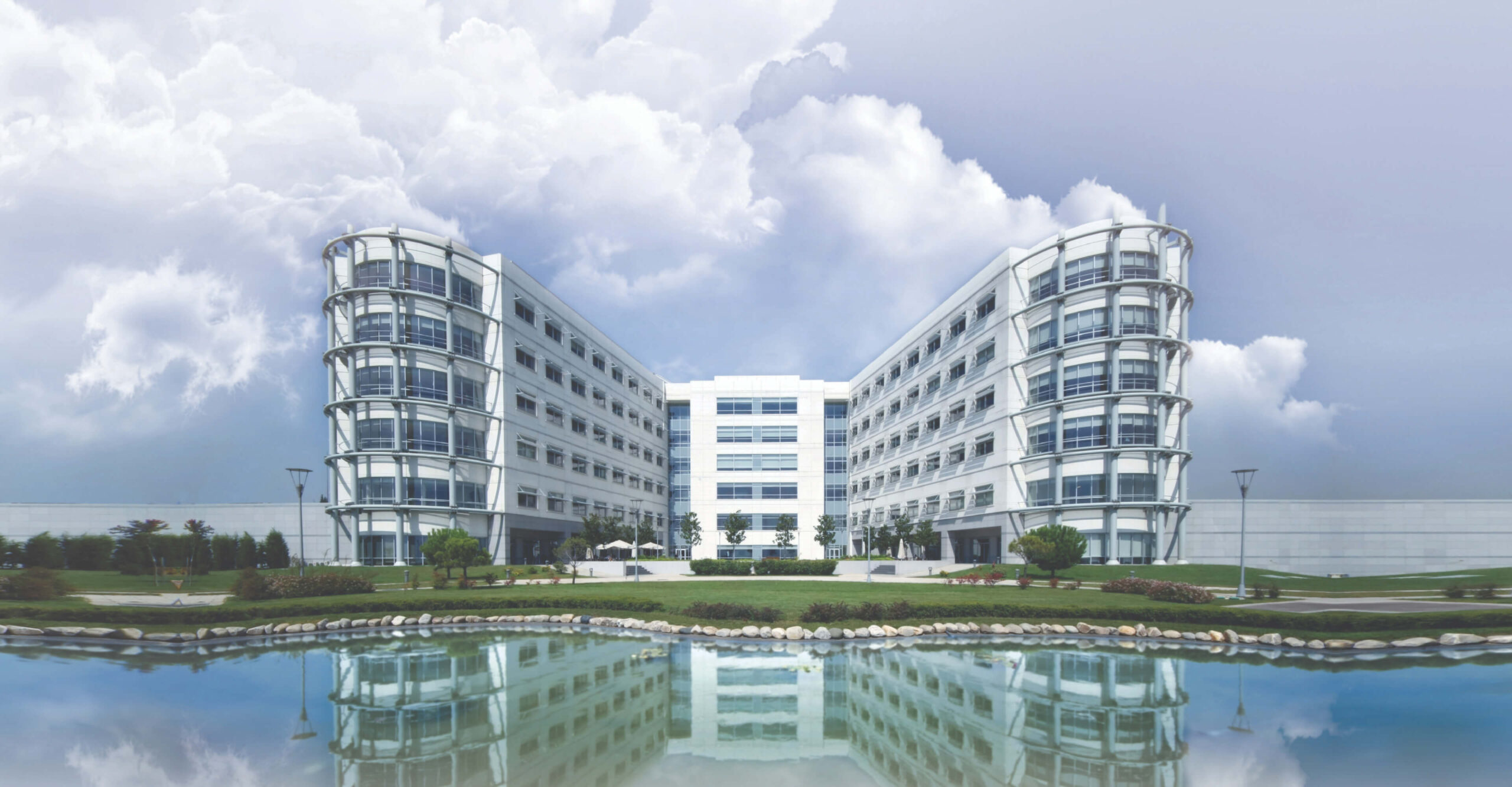
Cumhuriyet Mah., 2255 Sokak No:3, Gebze 41400 Kocaeli, TURKEY
